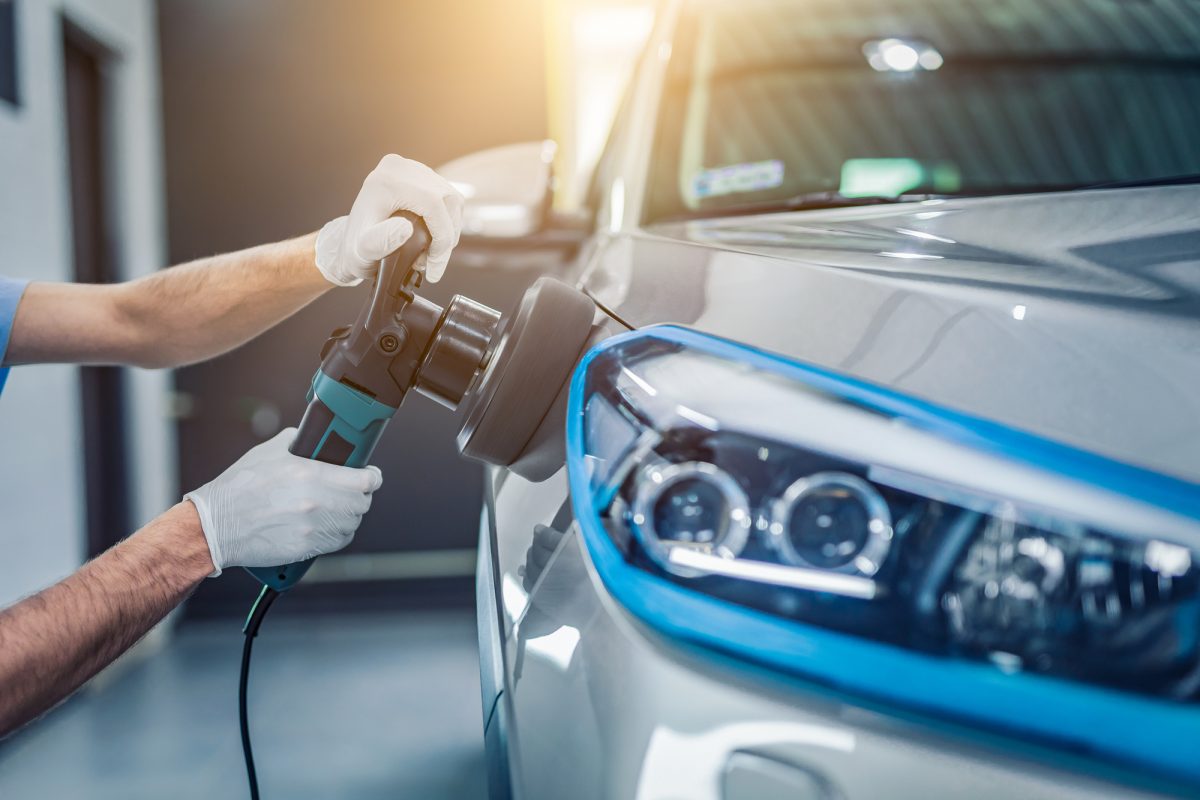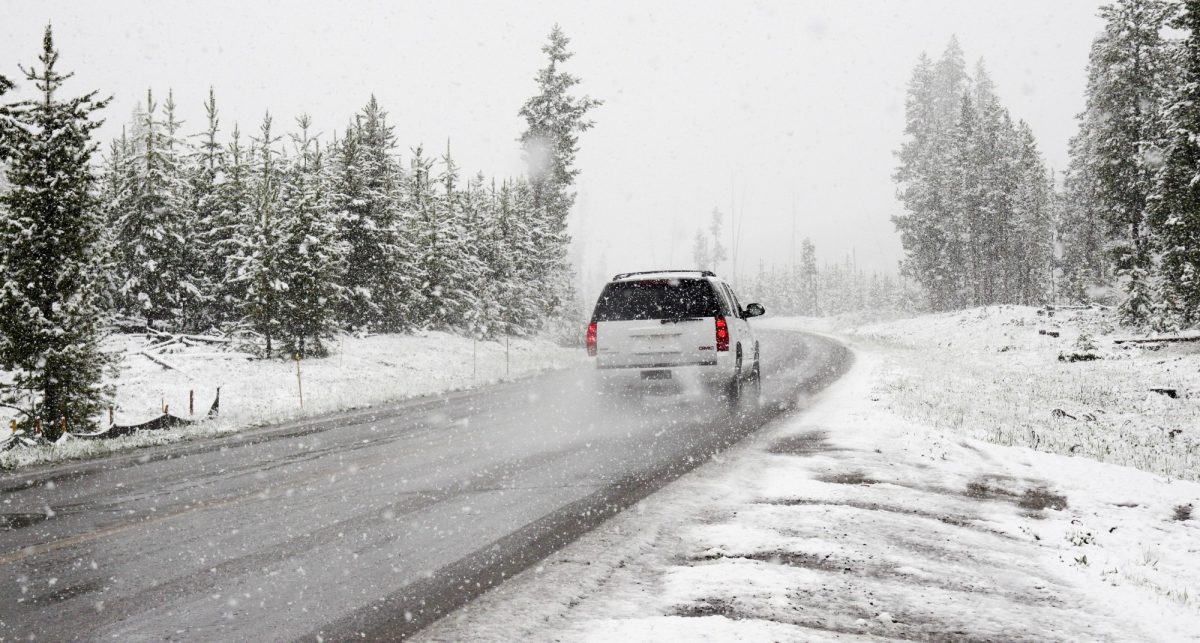
As a car owner, you want your car to stay clean and shiny for years to come. Car paint is very brittle and sensitive when it comes to the elements. If you leave debris, chips, dirt, or dent on your vehicle, it may cause car paint damage.
This will compromise the look of your car and can even cause more problems with the body along the line. To know what you should worry about, here are some things that can cost your car’s exterior.
1. Bird Droppings
Did you know that bird poop can damage car paint? Bird droppings can leave permanent car paint damage due to their acidic content. When the hot sun dries the droppings, it will harden and eat the paint away.
When you see bird droppings on your car, it’s best to act fast and clean it up. Use a damp towel and detergent to wipe the area without scrubbing. If hardened, leave the cleaner to dissolve the droppings before wiping away.
2. Tree Sap
Tree sap can slowly eat away and damage car paint. It takes away the paint’s clear coat, causing stains and discoloration. This sticky substance needs at least 30 seconds to sit in a cleaning solution or rubbing alcohol.
If the sap dries up with a tar-like consistency, it’s best to scrape it off with a blade. Keep the blade flat against the paint or windshield to avoid scratching the surface. Don’t forget to polish by using a rubbing compound or a clay bar.
3. Sun Damage
Do you leave your car outside protected with a full cover? If not, your vehicle may develop white blotchy spots. The best way to auto paint sun damage is by periodic washing and waxing.
4. Sprinklers
Parking near your lawn or garden seems nice, but it can be problematic if you have automatic sprinklers. The minerals in the water can leave behind a bond to your car’s paint. If you don’t want to get water spots, it’s best to park in your garage or elsewhere.
5. Gasoline
Whenever you refill your gas tank, you should avoid spilling gas onto your car paint. When the gas evaporates, it can leave a stain on your paint or clear coat. The stains can be nearly impossible to remove and clean up once it’s there on your car.
If you happen to spill some gas, grab a microfiber cloth and instant detailer. If not those, you can use water and mild soap to clean it off with scrubbing. Be sure to wax your car at least twice every year to protect your car paint’s finish.
Five Surprising Things That Will Cause Car Paint Damage
These things are easy to avoid if you know how to maintain, clean, and park your car in the right spot. Always watch out for these five factors that can cause car paint damage. Immediately wash them out with a soft cloth and mild soap.
Were you too late in cleaning any one of these factors off your car? Feel free to contact us if you have any inquiries or need our services. Be sure to visit our other blog posts for more helpful guides for your car’s exterior and interior car.

